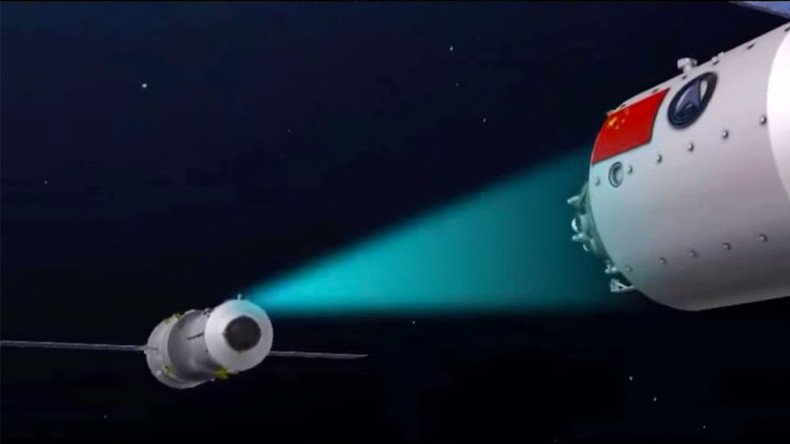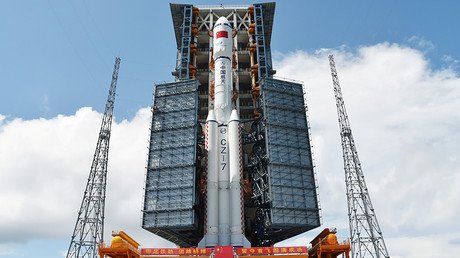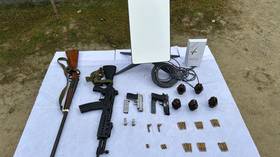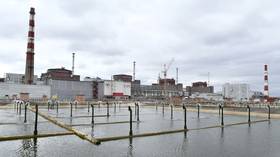China schedules 2nd orbital lab launch, outlines its space station plans

After successfully sending its new generation Long March-7 carrier rocket into space, China has outlined a timetable for future launches designed to assemble and eventually operate a 60-ton space station by 2022.
In mid-September, China will send its second orbiting space lab, Tiangong-2, into low orbit, Wu Ping, deputy director of the manned space engineering office, announced on Saturday.
China launched its first space lab, Tiangong-1, in September 2011 and conducted two dockings with the module. The orbital lab was taken out of service in March, but remains in orbit to gradually descend in the coming months until it burns up in the atmosphere.
By around 2022, China hopes to set up the country’s first orbiting space station. It is expected to consist of three segments – two labs attached to a core module. Saturday’s launch marks a key step towards China’s plan to eventually operate a permanent space station.
So far, Chinese scientists have planned an additional three space launches to take place by April next year. Under the time frame, the third launch will see the Shenzhou-11 spacecraft enter orbit with two Taikonauts who will dock with Tiangong-2 in October.
The crewmembers for the mission have already been selected and are now undergoing intense training, Wu said. The re-entry module will return in November.
In April 2017, the country’s first cargo ship, Tianzhou-1, will be sent to dock with Tiangong-2.
“With the improvement of the rocket’s technological performance, the Long March-7 will step by step replace the current carrier rockets and become the main carrier for space launches,” she said, as cited by Xinhua.
READ MORE: China future space station up for sharing with other countries
Earlier this month the United Nations Office for Outer Space Affairs (UNOOSA) and the China Manned Space Agency (CMSA) agreed to work together to develop space capabilities on board China's future space station.













